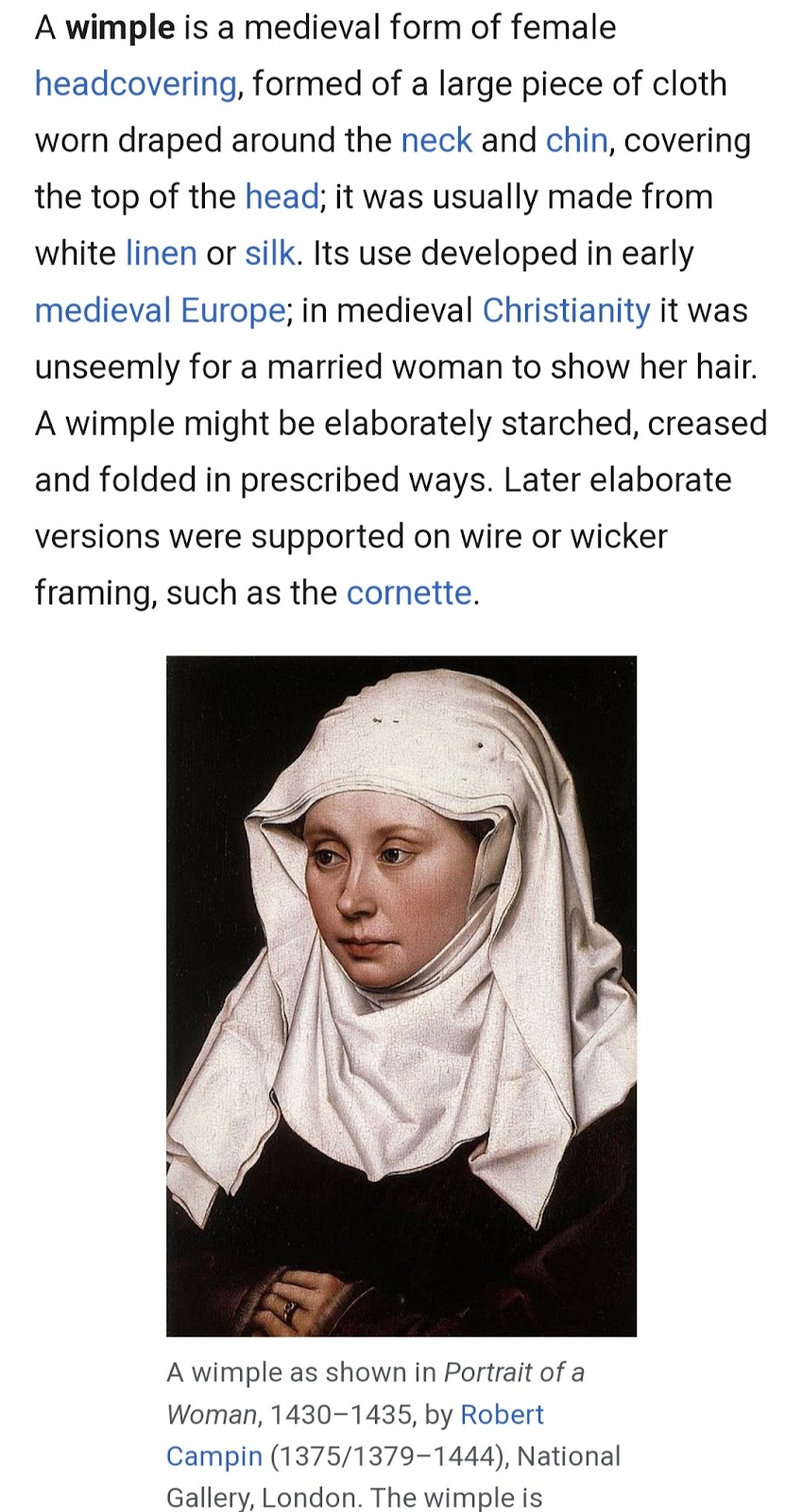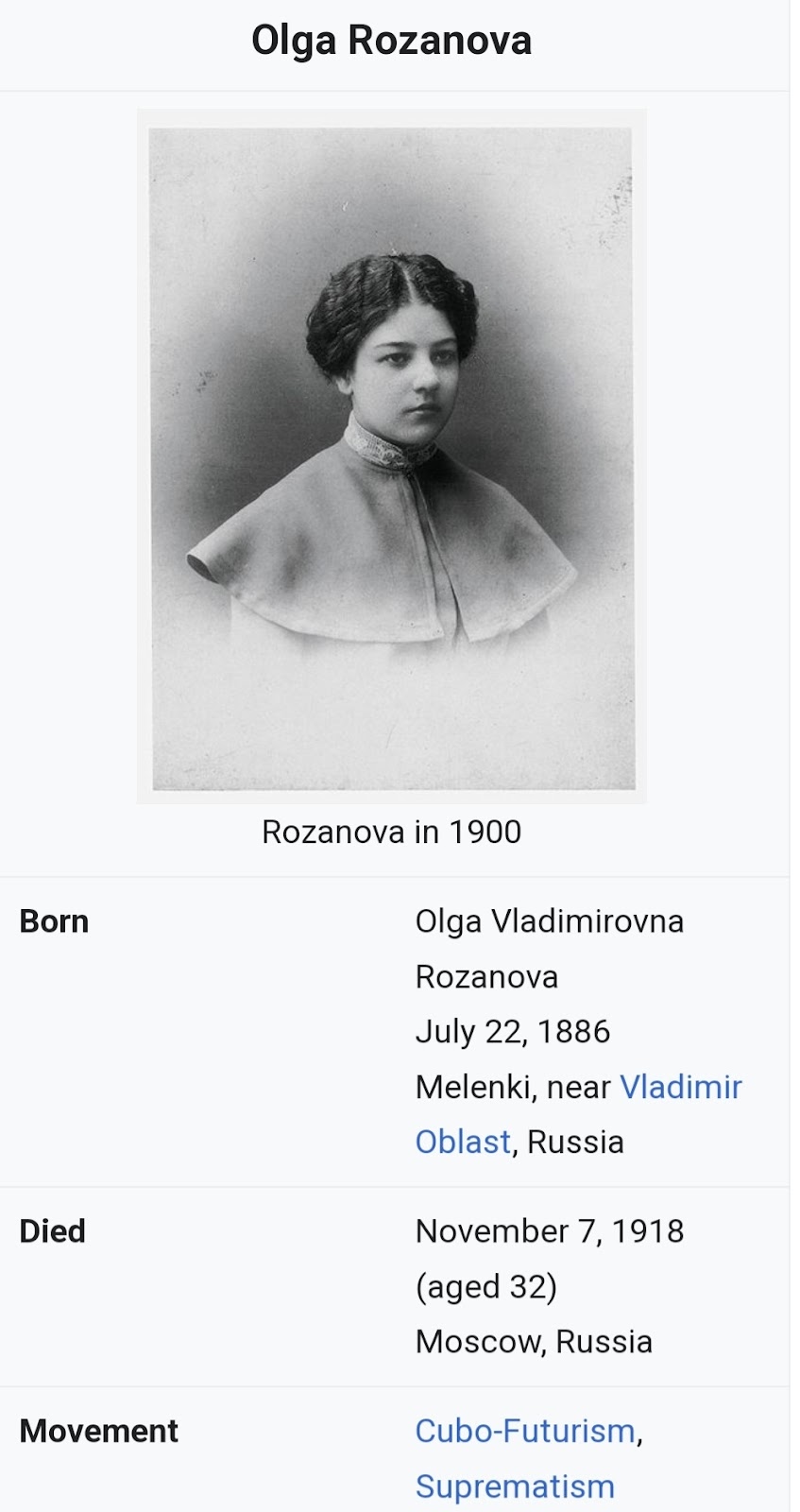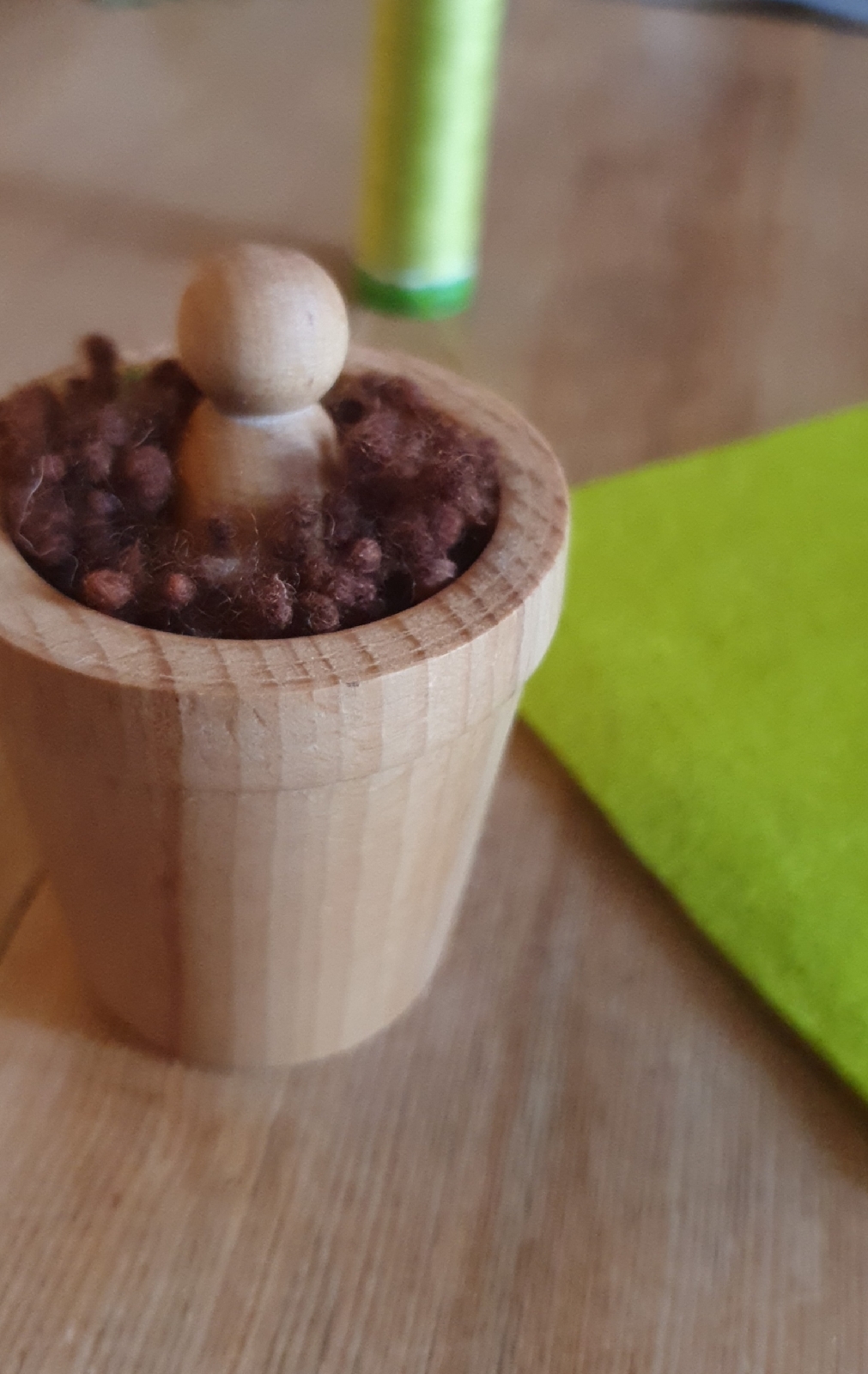Category: Uncategorized
-
Portrait project: final decisions
I have decided to make two pieces for this project, both of which will explore ambiguity, subjugation, feminism, religion and sexual trauma.
These themes all resonate with me personally and so I’m excited to generate and participate in dialogue about them.
One of the pieces will be a wimple displayed on a mannequin head that mimics the aesthetic of the sitters headdress. I like the idea of using calico because it feels course, rough and puritanical. It’s not decorative, it’s a functional fabric used for things like slings, structures that support and aid; and in this way has a comforting quality. In my mind, these qualities echo the church. And I like the paradox and ambiguity presented.The wimple will be hand embroidered in an amateur slow stitch style. One of the things I am struggling with in my test pieces is embroidering in an amateur style as I have a considerable skill level with sewing. I would love to invite other people with a range of seeing experience, to embroider the piece. If I had more time I would open up collaboration with an organization like Nottingham Womens Centre. Crafting, especially sewing, has historically been one of the only creative expression outlets available to women. And this activity was very often completed in community settings or groups. And very often completed by women who were suffering abuse and or subjugation of some kind. So it feels like a meaningful echo to offer modern survivors of similar trauma the opportunity for catharsis and a platform of voice through a collaboration like this. But I’m not sure the timeline allows for this.I may still strive for collaboration still, just in a more achievable way. For example, I could offer the opportunity to stitch to friends and family during the holidays. And this would recreate a wonderfully authentic community sampler aesthetic and process.Currently I am exploring what I would like to write but the phrases, ‘Together we rise’ and ‘Sisters are doing it for themselves’ are really standing out for me. I am enjoying the pun included in ‘Sisters are doing it for themselves’. And it’s also a reference to female choice; female identifying folk may choose to wear a wimple or similar clothing out of empowerment. However this is not always the case, and so ‘Together we rise’ is a nod to the collective power, health and necessity of feminist principles.I also like the idea of including a variety of religious scripture and quotes from similarly toxic misogynistic constructs like incel culture. I think it’s quite poignant that women are still being objectified, criticised and shamed in almost identical ways even though 1000s of years have passed between the two writing sources. What I want to strike is an accessible balance of thought provoking and ambiguity. I think this pitch of tone will make the work more engaging and powerful.Choosing the right text is key.The second piece will be an upcycled kneeling stool that was originally used for prayer.I found this perfect base at a reclamation dealers over the weekend which I have bought. The gothic style and dark wood screams church.I will create a cross stitch to re-upholster it with. It will be created in a cross stitch style and colour palette that mimics the gloriously cheerful garish amateur cushions and banners that we can often enjoy in Christian churches.I think I will stitch words like:‘Just kneel here’, or ‘On your knees’.I love the ambiguity and power in these simple phrases.On a very surface level it’s just signage, telling someone how to relate with the object through action.They are a simple direction for action that references prayer and religious ritual. It’s something a soldier would say. Or an abuser.I want people to actually be able to kneel on it in the gallery space. (I need to talk with the curator about whether this is possible or not because it may loose some impact if this isn’t possible.)But the phrases also have sinister undertones. They reference subjugation. “Get on your knees!”If people are able to kneel on it then it throws up an interesting conversation about power construct and how biddable people can be when it comes to authority. It would encourage a conversation about autonomy. About anarchy. About choice. Or not choice.I like all of this.And they also subtly refences sexual activity, its a turn of phrase you could imagine a top saying to their sub as a command for oral sex. It’s kink. Or you could imagine an abuser saying to their victim. Combined with the context of the object, this references the sexual traumas associated with religious organisations. and therefore by proxy, all organisations, and how power allows people to abuse.I have found an open source program online that can create cross stitch patterns and I will play around this week with my design.And I am talking with cross stitchers/ cross stitch organisation’s to make sure that I choose materials that are robust (and will therefore withstand interactivity) and have the aesthetic and visceral qualities that we all expect in kneelers. I want the piece to be garish, amateur, to smell and feel the same. To be and rough on the knees. -
Blowing my own horn
My horn shape pulled out of the plaster cylinder so smoothly so it didn’t need cutting. Hooray.It looked really mystical as it smoked steam because of the plasters exothermic setting process.I will leave it to dry until next week and then test it. If I am happy with how it slip casts then I will make a few more so I can reproduce several horns at once as I’d really like a while collection of them glazed interestingly that I can then curate into an installation. -
Making and pouring my horn plaster mold
After discussion with James I decided to pour my plaster mold upright, cut it in half on the band saw, dry both pieces well in the kiln room and then fix it back together using ratchet straps ready for slip casting in a few days time.My horn shape needed to be as level and centrally positioned in the mold as possible to help me cut it in half accurately once dry. It also needed to be stuck well to the mold base board as it is hollow and so would float in the plaster unless fixed in place. I used a glue gun and a piece of Styrofoam to do both these things.I made a tube using polyurethane sheet and gaffa as the mold container.I then positioned it over the horn, as centrally as possible, and stuck it to the base board using glue gun again.It was a really tactile and satisfying process. -
Cross stitch as an art medium
“The discussion is still out on whether cross stitch is art or craft however today we wanted to look at artists out there that are pushing cross stitch as an art medium, and helping to champion our craft.”(Source: https://lordlibidan.com/the-cross-stitch-artists-championing-our-craft/)I like the idea of utilising with a traditional craft technique like cross stitch that evokes the feeling of “church”. And subverting it so that the visual content of the image jars with the medium. I think this kind of juxtaposition can amplify a message.Here are some source images for church based cross stitch craft: a huge pile of kneeling cushions. -
Politics and Identity
We are all formed by our environments and our experiences to one degree or another.
What I want to talk about through my work, what I am motivated to explore through my creativity, is inevitably informed by my life journey thus far. And in that way, this will continue to shift and evolve as I do. As my context and my relationships do.These things don’t have to drive my making or what other artists make. We don’t all have to make autobiographical work.But I find approaching making through this way enormously helpful. It means that I’m talking about things that I feel passionate about, that I have personal insight of and am motivated to explore and reconcile my emotions and attitudes about.A Russian female artist who explored politics and identity in their work is Olga Rozanova. She made gorgeous abstract art under Lenin which was informed by here communist setting.“Collage-based works such as Non-Objective Composition were the precursor to Rozanova’s later painterly abstractions. Indeed, she felt that such works, with their elementary, overlapping shapes, and textural play with translucency and opacity, were the inspiration for Kazimir Malevich’s turn towards “non-objective” abstraction with his first Suprematist canvases of 1915.Rozanova’s collage-work anticipates her later Suprematist work in its incorporation of simple, non-representational shapes such as arcs and rectangles. But the compositional technique also points to international sources: like much of the work of her French Cubist and Italian Futurist predecessors, Rozanova’s collage-work blurs the boundaries between painting as a two-dimensional illusion and painting as a non-representational, three-dimensional surface (potentially incorporating found and ‘non-artistic’ material). What was different about Rozanova’s collage work was the aesthetic logic behind that maneuver. Whereas Picasso’s use of found materials in his Synthetic Cubist collages collapsed the boundaries between high and low art, and the incorporation of printed text into Italian Futurist collage-work often signaled an overtly political agenda, Rozanova was more interested in the abstracted color harmonies which could be emphasized once painterly representation had been done away with. The new shapes and tonalities created by the overlapping of surfaces represent an exercise in the interplay of unmodulated color planes, a form of practice-based research into the interaction of color.Non-Objective Composition is thus a vital work both in pointing towards the Malevich-esque abstractions of Rozanova’s final years, and in his revealing her own, central and under-acknowledged role in shifting Russian avant-garde art towards the aesthetic stance of Suprematism.”(Source: https://www.theartstory.org/artist/rozanova-olga/)Another artist Tom referenced during this lecture who appealed to me was Gottfried Helnwien, a German artist who explores ideas around collective/ national trauma, guilt and healing.https://www.helnwein.com/ -
Portrait project
We went to Nottingham Castle and met with the curator there, Abbie, who in collaboration with Tom, has offered us the opportunity to reinterpret a portrait from their new exhibition and have ours pieces shown in the space.I chose this oil painting titled ‘Head of a woman in profile’ painted between 1900 and 1942.I am absolutely thrilled to have this opportunity, it’s a huge privilege and I’m excited to get started.My initial ideas for reinterpretation themes are: feminism, religion and shame constructs. Visually I would like to focus on the object that stands out the most in the painting to me; her habit.Because it’s painted skillfully using oils, the texture of her habit is beautifully rendered. And the white cloth has an almost luminescent quality.My initial ideas include:• Making a light sculpture using porcelain of the habit.• Including humour, for example having the piece title ‘Bad Habit’ and having the word Bad cast shadow through the porcelain habit when it flickers on.• Some kind of interactive piece that explores the shame dogma so prevalent in catholicism. Maybe something to do with praying/ kneeling stool or cushion.• Recreating a nuns habit in textiles and embroidering it. Possibly with the names of nuns affiliated with the castle/ the local area as a gesture to honor their memory. Possibly just with the word bad.• Creating some really human/ funny/ awkward portrait photos of me in a nubs habit; think bad school or year book photos• Exploring religious ritual with the catholic sacraments, exploring the ideas of token Maybe even making objects for people to take away as a gift if they interact with the installation.• Using the medium of crafts as a reference to the subjugation of women, with a modern twist to give it some bite/ subversion. I’m thinking mediocre cross stitch like the typical religious folk art you see on pew benches/ kneeling cushions etc.All of the above have various logistical/ technical making considerations which I have been speaking about with my tutors and the technicians. I will start making some test pieces this week.I also have questions relating to the curation of the piece and have made a note of my considerations so far. Mainly is the interactive elemebt possible. And could i have a double display area if so? I will bring them up with Abbie when she visits our studios next week.Feeling excited! -
Waldorf advent diorama
I am volunteering for my daughter’s school, making an interactive diorama for their equivalent of a Santa’s grotto; an immersive experience where they step inside a large gingerbread house installation.I decided to build a rotating diorama, operated by the audience turning a crank handle.I based the diorama on the 4 different kingdom themes celebrated during the 4 weeks of advent by the Steiner community; mineral, plant, animal and human.Above is a little seedling for the plant kingdom section.The last 2 images are pieces for the animal kingdom section. And below are 2 close ups of the main piece for the mineral kingdom.I really enjoyed reconnecting with peg making and crafting for this project; it brings me such simple joy.And it felt wholesome and rewarding to be making this as a gift to Annabelle’s school.













































